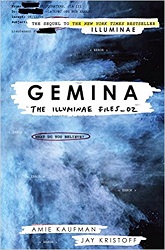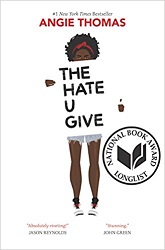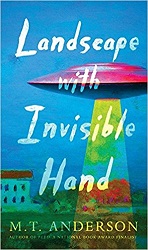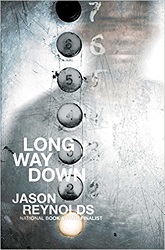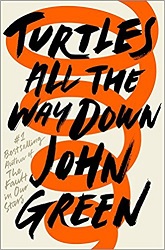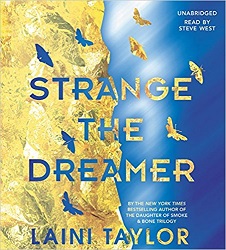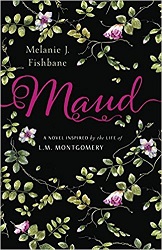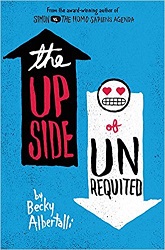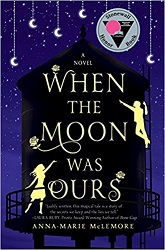Review of Gemina, by Amie Kaufman and Jay Kristoff
The Illuminae Files_02
by Amie Kaufman and Jay Kristoff
with journal illustrations by Marie Lu
Alfred A. Knopf, 2016. 659 pages.
Last year, I was a first-round judge for the Cybils Award category of Young Adult Speculative Fiction. We chose seven finalists, and the second-round judges chose Illuminae as the final winner.
Illuminae was a thriller with a high body count, a tense story of people fleeing through space when their illegal mining company was attacked by a rival corporation. And that corporation was chasing the survivors as they tried to reach the nearest “jump station” to get to a wormhole and then to the Core planets.
What I thought when the first book finished was that they’d get to the safety of the jump station and get to share the news. I thought there’d be some chance to catch their breath. Ummmm, No!
Because the evil corporation BeiTech doesn’t want anyone in the Core planets to hear about what they did. They’ve sent an elite force to take over the jump station and destroy their records – as well as to let through a fleet of drones that will destroy our survivors on the spaceship.
In this book again, the focus is on two teenagers caught in the carnage. Hanna Donnelly is the daughter of the station commander. At the beginning, we see her as a rich princess party girl. But we also learn that for fun, her father puts her through simulated combat scenarios. She’s ready to fight back against this elite force. Well, with a little computer help.
Other key combatants are Nik Malikov, part of a family supplying drugs to folks on the station, and his cousin Ella, a computer genius.
This book was every bit as thrilling and tense as the first one – but I was kind of tired of the drama by the time I read this one. I would have liked a little variation from bad guys trying to hunt our heroes down in an enclosed place. When there was even a zombifying threat – I laughed out loud (probably not the reaction the authors were going for). In Illuminae, there was a virus loose on the ship that turns people into zombies. In Gemina, there’s an alien worm loose that eats people’s brains (grown to produce a popular hallucinogenic drug – but forgotten about when its keepers are slaughtered). Because apparently you have to have a few zombies and monsters for proper space horror.
There’s also a big paradox with the wormhole, and some convenient ways it helped the plot – which stretched credibility.
But the fact is, there was no way I was going to quit once I picked this up. Okay, it’s long and I did manage to stop in the middle – but I did have it finished in a surprisingly short space of time. If you can handle the high body count, mortal terror, and gruesome deaths – I’m afraid this book is still a lot of diverting fun.
Mind you, both books feature couples who might have real problems if they were to try to live together for any extended period of time. But I can easily believe they’d have a strong bond after going through these harrowing adventures together.
And, yes, I want to find out what happens next – and how they all bring the evil corporation to account. Oh, and get back to civilization.
You’re in for a wild ride if you read these books. But once you start, you won’t want to stop, any more than you’d want to get off a roller coaster once you’ve started.
amiekaufman.com
jaykristoff.com
randomhouseteens.com
Find this review on Sonderbooks at: www.sonderbooks.com/Teens/gemina.html
Disclosure: I am an Amazon Affiliate, and will earn a small percentage if you order a book on Amazon after clicking through from my site.
Source: This review is based on a library book from Fairfax County Public Library.
Disclaimer: I am a professional librarian, but I maintain my website and blogs on my own time. The views expressed are solely my own, and in no way represent the official views of my employer or of any committee or group of which I am part.
What did you think of this book?
